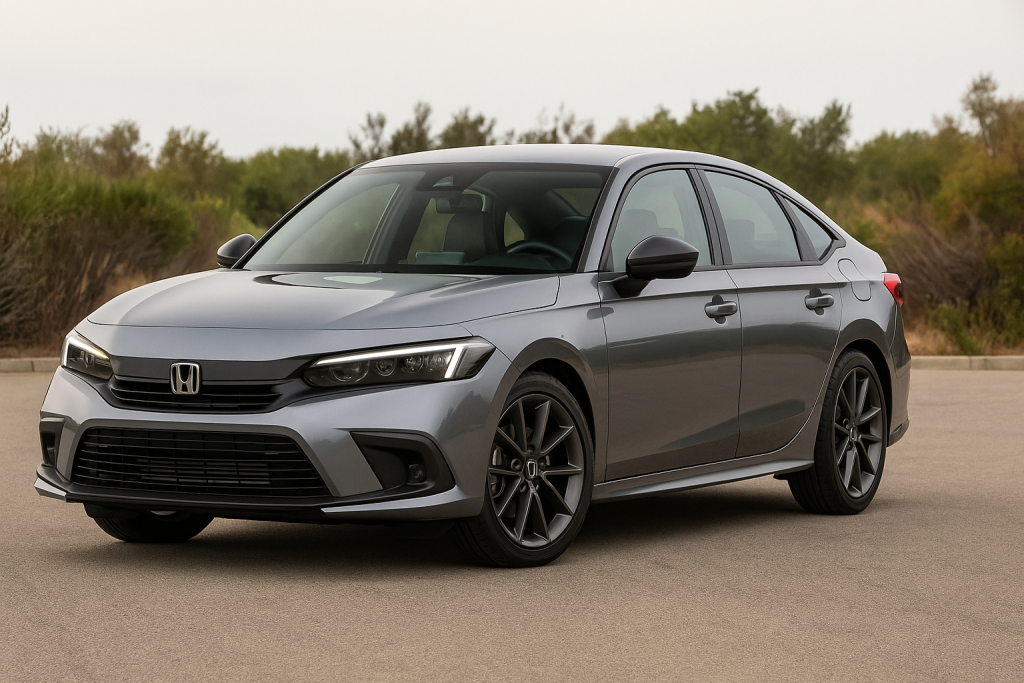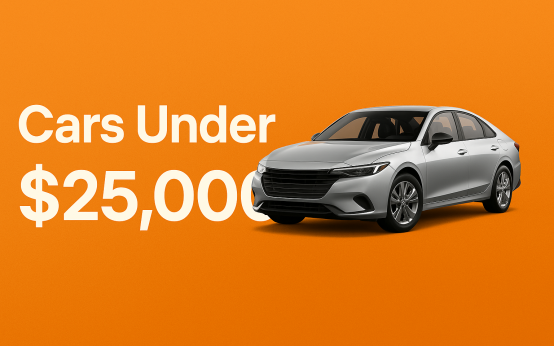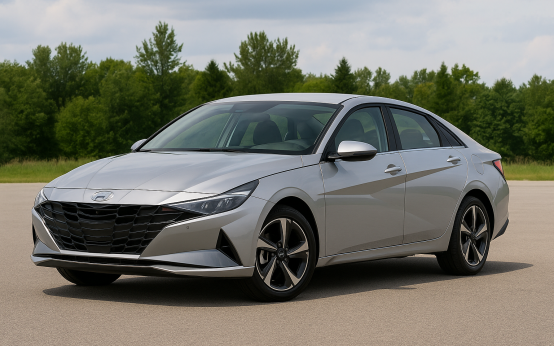
If you’re shopping for a new car in 2025, you’ve probably noticed that prices are still sky-high and interest rates haven’t exactly chilled. The average new car now tops $48,000, and the average auto loan APR is sitting around 6.7% (and even higher for non-prime borrowers). So if you’re hunting for a practical, budget-friendly ride that won’t crush your wallet, entry-level sedans are the sweet spot—especially the ones with low financing costs.
Let’s break down the best choices out there and how to snag the best financing deal possible.
🚘 Why Financing Costs Matter (A Lot)
Your monthly payment doesn’t just depend on the car’s price—it’s also tied to your interest rate, loan term, and credit score. A cheaper car with a bad rate could still cost you more than a mid-range car with 0% APR. That’s why smart shoppers pay attention to both MSRP and APR.
Here’s what influences your financing cost:
- Credit score tier: Super-prime (781+) gets the best rates (~5.18% APR); Prime (661–780) gets around 6.7%; below 660 can go 10%+.
- Loan term: Longer terms (72–84 months) lower your monthly bill but increase interest over time.
- Incentives: Manufacturer promotions like 0% APR for 36–60 months are gold if you qualify.
📊 Cost Comparison: APR vs. Monthly Payment
Let’s say you’re buying a $24,000 sedan with 10% down. Here’s how interest rates affect your payments:
| Credit Tier | APR | Monthly (60 mo) | Total Interest |
|---|---|---|---|
| Super-Prime | 5.2% | ~$408 | ~$2,480 |
| Prime | 6.7% | ~$425 | ~$3,120 |
| Non-Prime | 9.8% | ~$455 | ~$4,620 |
That’s a $47/month difference between tiers, or over $2,000 saved just by having a better credit score or shopping for a better APR.
📄 What You’ll Need to Apply
Before you dive into dealership financing, prep these:
- Valid ID and proof of income
- Proof of residence (utility bill, lease)
- Insurance info
- Trade-in title (if applicable)
- Down payment funds
Most lenders also run a hard credit check when you formally apply—unless you start with a prequalification that uses a soft check.
💡 Tips to Score the Best Loan Deal
- Check credit unions and online lenders: They often beat dealer rates.
- Use prequalification tools: You’ll get a ballpark APR without hurting your score.
- Put money down: 10%–20% upfront lowers your balance and interest.
- Don’t be afraid to negotiate APR: Dealers can often mark it up.
- Ask about special programs: Military, students, first responders often qualify for lower rates.
🤔 Who Shouldn’t Pick These Sedans?
These sedans are great—but not for everyone. You might want to look elsewhere if:
- You’re buying from a private seller (these deals are often tied to dealer financing).
- You need AWD or larger cargo space (a small SUV might suit you better).
- You’re leasing—most of these are best suited for buyers financing with intent to own.
📚 FAQ – Financing Entry-Level Sedans in 2025
Q: Is 0% APR really the best option?
👉 Yes, if the vehicle price isn’t inflated. Just check if the 0% deal replaces other cash rebates.
Q: Should I always finance through the dealer?
👉 Not necessarily. Compare offers from credit unions or banks before walking in.
Q: Is a longer loan term bad?
👉 Not always. It helps cash flow, but you’ll pay more interest overall. Balance term length with rate.
Q: How much should I budget monthly?
👉 Aim to keep your auto expenses (loan, insurance, gas) under 15% of your monthly income.
✅ Final Thoughts: What’s Your Best Bet?
If you’re trying to keep it simple, affordable, and smart in 2025, entry-level sedans like the Nissan Versa and Honda Civic offer unbeatable value—especially when paired with a low APR or 0% financing.
Your move?
👉 Start by checking your prequalified rates online.
👉 Then, compare dealer incentives and strike when a promo hits.
Don’t wait until your dream deal vanishes. A few minutes of prep could save you thousands over the life of your loan. Happy shopping!
When you click, you will be redirected




